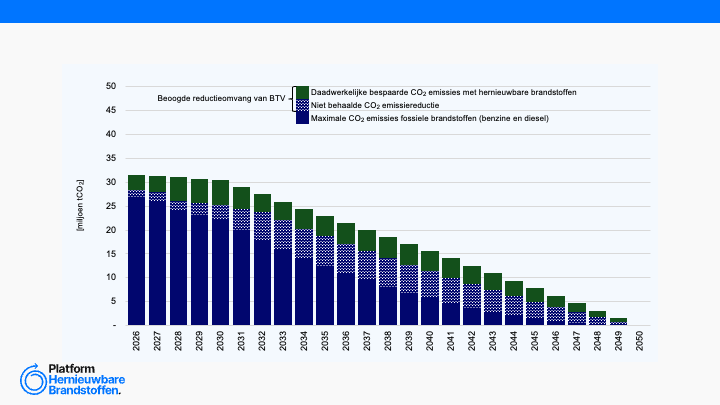IEA Bioenergy: Renewable Gas - discussion on the state of the industry and its future in a decarbonised world (2021)

IEA Bioenergy: Renewable Gas - discussion on the state of the industry and its future in a decarbonised world (2021)
The report of IEA Bioenergy, published in November 2021, discusses renewable gas in terms of the state of the industry and its future in a decarbonised world. The report provides an overview of the state of the art of the production, the current incentive systems used and the view of stakeholders on the market of renewable gas. Based on the findings, recommendations for the sustainable development of the renewable gas sector are made.
Transitioning to a carbon neutral economy and renewable energy supply will lead to a new energy supply system made up of different carriers. Renewable gas is viewed as a key component in the energy transition and decarbonisation of the broader energy sector especially beyond electricity. The gas sector currently provides natural gas to all energy sectors and additionally functions as an intermediate for materials production in the chemical industry. The existing gas infrastructure is very extensive which could be seen as offering huge benefits for green renewable gas a future decarbonised energy carrier.
The traditional renewable gas technologies (such as biogas and biome thane) can be considered as mature. There are examples of good implementation of renewable gas in Sweden and Denmark about the use of renewable gas in (existing) infrastructure or sectors. It can therefore be considered that technology is not the main barrier for future development of renewable gas systems.
While the economic feasibility is often mentioned as a huge barrier, this is almost like comparing apples and pears. You compare a green fuel to a fossil fuel, where the present cost of carbon in no way takes account of the climate energy. It would be more useful if current technologies are compared to the costs of renewable technologies which are viable in that sector.
The report shows that the main barrier to uptake in the market is the cost. Future support systems and development strategies and policy must crease conditions to integrate renewable gases into a new climate neutral economy. In the report, they mention multiple factors that need to be considered for a successful renewable gas sector:
- Biomass is a limited resource: It impacts many sectors and sustainable biomass utilisation is of high public sensitivity. Any incentive to use biomass should consider restrictions and or constraints from sustainability perspectives, land use conflict and economic effects on existing markets of the target biomass.
- Production costs are not competitive with fossil gas: Renewable gas will require incentives to become competitive whilst there is a limited price for CO2. Any incentive measure needs to be balanced to enable start up and development of the technology, al- lowing competitors to bring the most efficient technologies forward with a long-term perspective for transitioning to a commercially viable market.
- Investors need long term security: Incentives need to be oriented at production costs and deliver a sufficient long-term perspective for sustainable business development.
- Infrastructure: A deviation away from the already existing extensive natural gas network would take much time and resources. For the owner of this infrastructure, how to convert to a renewable system is a crucial factor for any future development. Accordingly, discussion regarding the integration of hydrogen to the grid network, the convenience of renewable gas transportation and storage, and in particular the extent of the role of electrification drive the discussion.
This leads to the following actions that have been identified to optimise the future development of renewable gas systems, directly copied from the report:
- Create roadmaps for renewable gas development, including for availability of substrates (be they wet organic, woody or electricity), development costs, defined time specific targets as a portion of energy use and infrastructure required and/or already available.
- Introduce quotas which place an obligation on fuel providers to ensure renewable fuels meet a minimum proportion of the fuel market; this is a very effective tool to remove the necessity of renewable gas competing on price with fossil gas.
- Provide incentives which reflect the actual costs of investment and long-term operation of the renewable gas industry to ensure bankability for the developer and ensure a price effective market environment for the user of renewable gas.
- Eradicate as much as plausible, unnecessary barriers and inhibitory regulations on both a techni- cal and regulatory level.
- Seek compatibility with other technologies (both existing and proposed) through a cascading approach to further develop the sector; this could include for example carbon capture from in- dustry combined with hydrogen from electricity to produce methane, methanol or ammonia in electro-fuel systems.
- CO2 emissions must have a realistic monetary value associated with them; a realistic carbon tax would stimulate development and drive the transformation of green gas whilst providing for competition between renewable technologies in specific sectors, which should consequently lead to the phase out of specific incentives.
Recente artikelen
Retrospective on Lunch Seminar: Rethink strategic autonomy | December 15, 2025

Analyse brandstoftransitieverplichting


